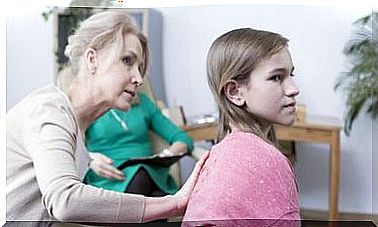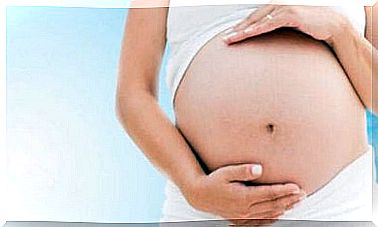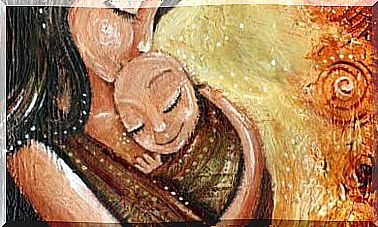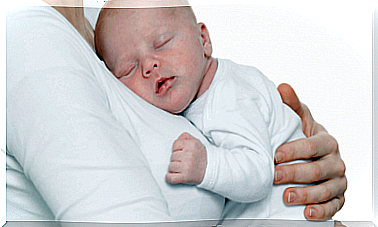How Do Hormonal Changes Affect The Skin After Birth?
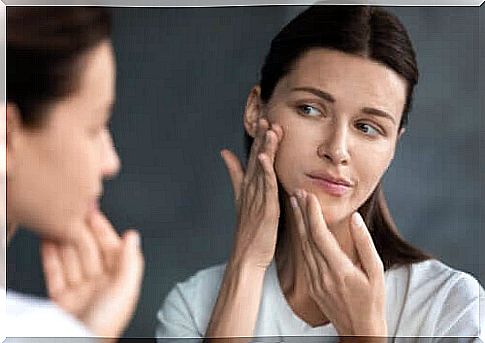
The skin after birth undergoes important changes as a result of the hormonal changes in pregnancy. In fact, skin changes are the most noticeable because the skin is more exposed. For this reason, they are one of the manifestations that most affect new mothers. Here are some of these changes.
Skin changes after birth
Metabolic, endocrine and immunological changes cause changes in the skin surface. From dry skin, the appearance of soft fibroids and seborrheic keratoses to the irritating stretch marks.
Increased dark circles under the eyes
In the postpartum period, a woman’s fatigue is so extreme that she can see changes in her physical appearance. One of these is the increase of dark circles under the eyes. After birth, dark circles appear under the eyes due to hormonal changes, fatigue or the intense activity that the new life after pregnancy entails.
Of course, the hours a woman can rest will be reduced, her responsibilities and stress levels increased. All this contributes significantly to a tired look and more visible dark circles under her eyes.
Hormonal changes: The presence of stretch marks
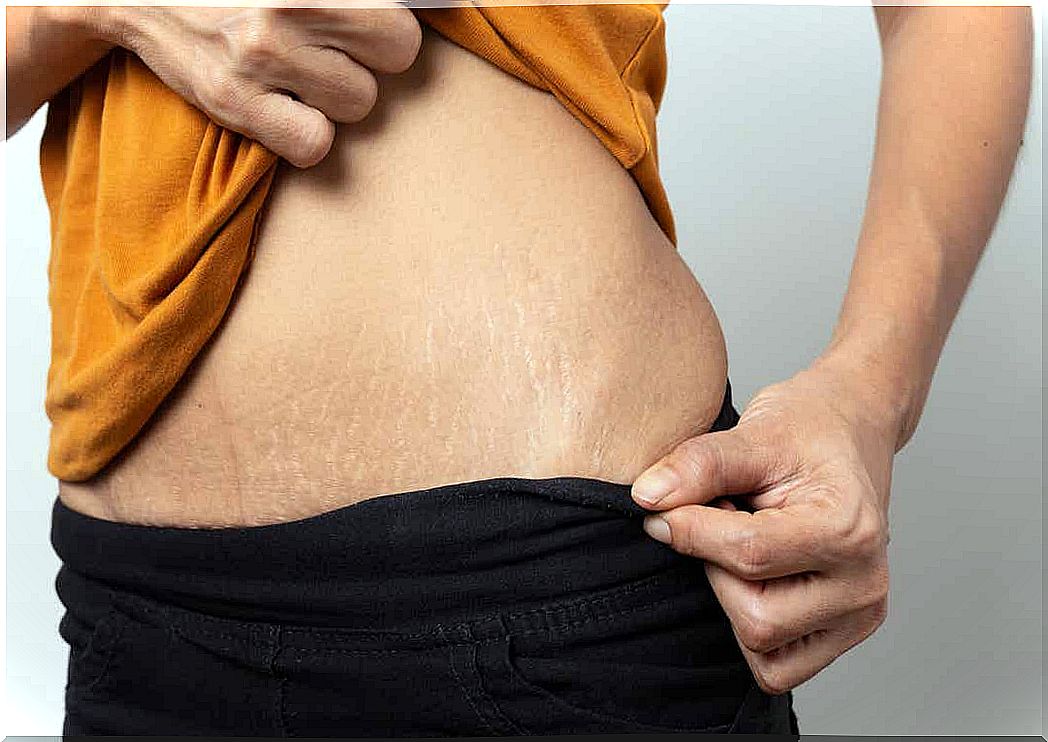
Stretch marks can occur due to dilation and alteration of the connective tissue in the skin. This is a result of hormonal influences, genetics and physical extent of the skin. They affect 63 percent of pregnant women, most between the sixth and seventh month of pregnancy.
They are characterized by violet or pink atrophic bands on the skin, mostly on the abdomen, breasts, hips, thighs and buttocks. Over time, stretch marks become brighter and less visible, but they do not disappear completely.
Types of stretch marks
Stretch marks occur due to sudden stretching of the skin on some part of the body. Stretch marks can have different looks, which include:
- Pink stretch marks: The ones that appeared recently. When the skin tissue breaks, the underlying blood vessels are exposed. They are also easier to treat due to their short development. The constant and daily use of moisturizers helps significantly.
- White stretch marks: White stretch marks are already fibrous scars on the surface of the skin. Therefore, their development time is longer and they require a different and more dedicated treatment.
Hyperpigmentation spots, another way in which hormonal changes affect the skin after birth
One of the most notorious skin changes, and one that women talk about most with their dermatologists after giving birth, is hyperpigmentation. These spots develop in 90 percent of pregnant women, in most cases in the second half of pregnancy.
Hyperpigmentation is attributed to a combination of several factors:
- Hormonal changes.
- Genetic predisposition.
- Exposure to ultraviolet rays.
It not only appears as melasma – hyperpigmentation on the cheeks, forehead, bridge of the nose and upper lip region – but also increases pigmentation on the areolas, genitals, armpits and the inside of the thighs.
Hormonal changes: Pregnancy mask
Melasma is a very common skin problem caused by symmetrical, brown spots on the face. While pregnancy is one of the main causes of melasma, it can also affect women taking birth control pills or hormones.
The main aggravating factor is exposure to sunlight, which is why it occurs in areas such as the face. In this sense, sun protection during pregnancy is crucial. In other words, pregnant women should avoid exposure to ultraviolet and visible rays to prevent breakouts or aggravation.
Use of sunscreen is recommended every day. Likewise, sunscreen should be applied every two hours in case of continued sun exposure.
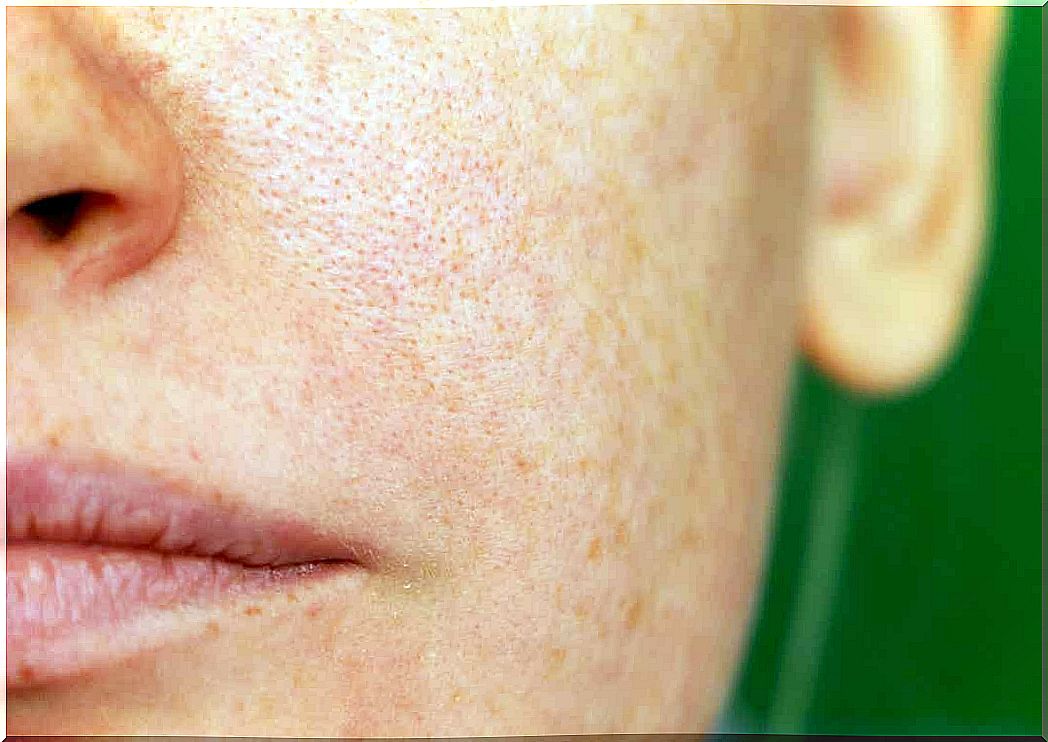
Acne
It is often common to find pregnancy acne due to excessive activity in the sebaceous glands and hormonal changes that cause mild outbreaks. The presence of the characteristic lesions of this pathology is usually more pronounced in the first and second trimesters.
This happens due to the increase in androgens, which increases the size of the skin’s sebaceous glands and produces more sebum. Therefore, the increased sebum causes clogged pores and leads to inflammation, bacteria and outbreaks.
Acne, which develops during pregnancy and after childbirth, is usually temporary and disappears when hormone levels return to normal.
Hormonal changes and skin changes after childbirth
The physiological changes that occur during pregnancy are a consequence of metabolic and hormonal adjustments needed to support the growing fetus. The treatment of these benign skin changes is predominantly aesthetic. New mothers should be offered appropriate relief and prevention.

